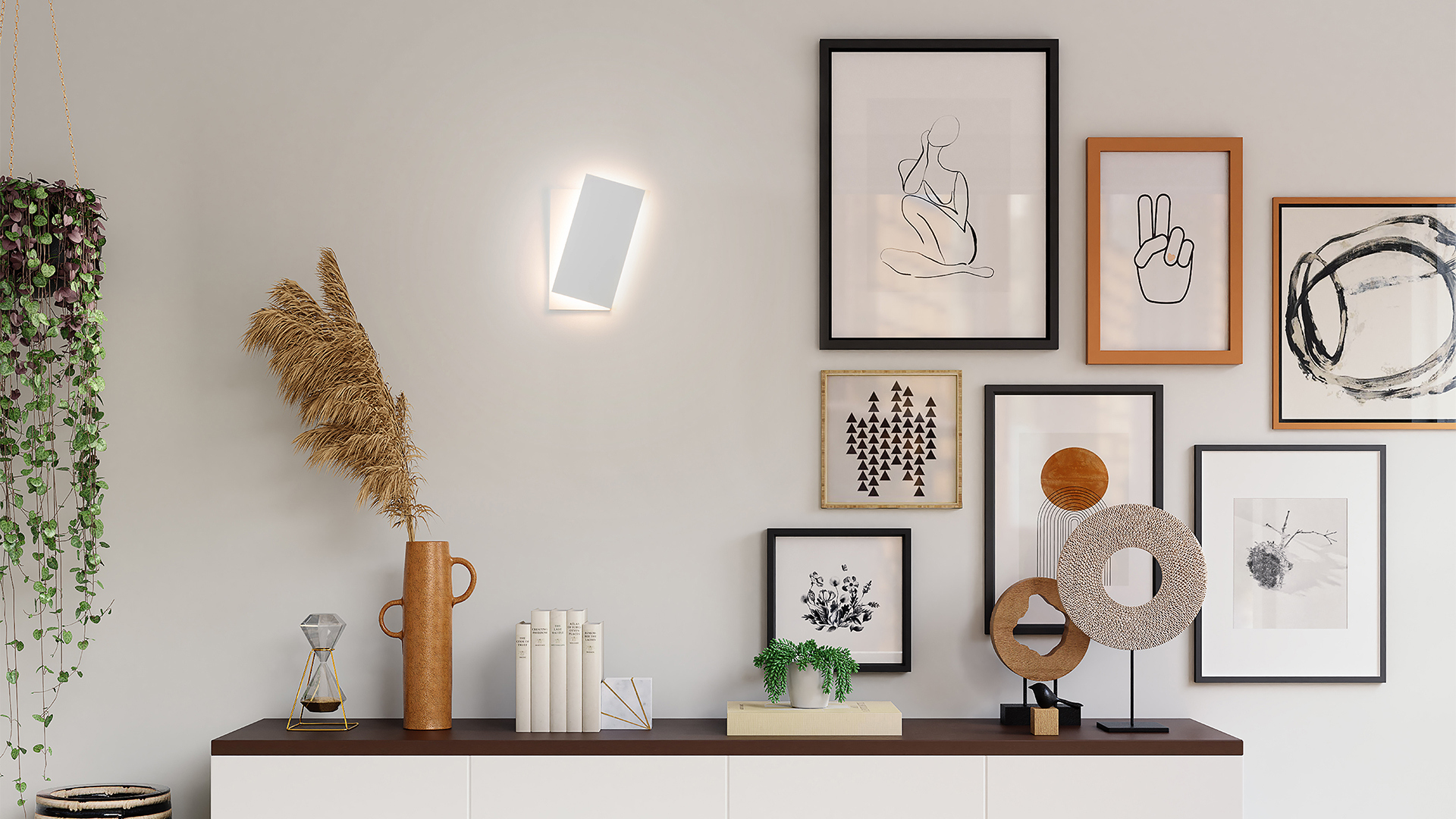
There are countless functional and aesthetically attractive lamp models on the market, but not all of them are suitable for lighting the same rooms. Each room is designed for different activities, and so the right type of lighting must be applied depending on the feelings that are intended to be aroused.
First of all, we have to pay attention to which fixtures produce warm light and which cold light, in order to identify the right ones for each room in the house.
But what are the differences between warm light and cold light lamps, and when should one be used rather than the other?
Warm light and cool light: what are the differences?
Light is perceived by the human eye according to different heat scales that reflect its temperature. The scientific difference between warm and cold light is based on the temperature of the light itself, which is expressed in Kelvin.
Warm-white light has a low temperature (around 2,700 Kelvin) and gives off a coloration that tends to be white, yellow, orange and red. It promotes eye relaxation and is recommended for home environments intended for relaxation.
Natural-white light (around 3,000 Kelvin) is reminiscent of sunlight at noon and has a neutral tint. Cool-white light (around 4,000 Kelvin) manifests itself with a light blue or blue tint. Cool light keeps attention alert, so it is preferred in environments where people work.
However, remember that the values given in this article refer to standards applied in Italy and northern Europe: depending on the geographical location of the reader, they may differ.
Warm-light lamps illuminate rooms softly and without glare; therefore, they are suitable for rooms where people sleep and relax.
Cool-light lamps give off more accent lighting that helps keep attention high, so they are recommended for studies, kitchens and work environments. In working environments, cold light is clearly preferred: think about how important efficiency is inside companies, offices, hospitals, medical offices.
When to choose a cool light in the home?
Cool light succeeds in stimulating concentration and ensuring good brightness: this is why it is recommended for rooms intended for some movement, such as kitchens and studies. Cold light ensures a wider illumination and therefore is recommended for rooms intended for daytime living. This ensures a certain dynamism and responsiveness that is ideal for fully enjoying every ounce of energy.
Pendant lamps effectively illuminate a given area, giving an original touch to home environments. They also constitute pretty decor elements even when switched off, especially when adorned with beautiful rosettes that accentuate the sense of depth and movement.
Cold light also helps us to see sharply and is also suitable for the bathroom, where we must always have what we need at hand. The temperature of the cold light, however, should not be too high so as not to form shadows that are too prominent and to avoid unpleasant effects.
In the kitchen, on the other hand, where we need to keep our attention high, especially when we are at the stove and handling sharp tools, it is preferable to install recessed spotlights with cold light. This coloring of light allows you to maintain a lively atmosphere among diners without driving away relaxation altogether.
When to choose a warm light in the home?
Warm light can generate an engaging atmosphere, conveying feelings of calm and positivity. A room illuminated by soft diffused light is ideal for relaxing and having a good time, as in the case of the living room, where you read or watch a movie, alone or with friends.
The bedroom is one such room intended for rest, and which therefore does not need very powerful lighting, so warm light is suitable for softly illuminating the room.
We can apply wall sconces with warm light to generate lighting that is not too energetic but cozy, which helps to create a relaxed atmosphere and take away the stress of the day.
In order to illuminate mirros and closet interiors, we can opt for LED profiles. In the bedroom, we recommend not exceeding 150 lux of illumination propagated by warm light that is not too bright.
Here are some tips for lighting the bedroom
When to choose warm or cool light?
The choice of the appropriate lamp for each room in the house is influenced both by the style of the object in question, the decor, and the type of lighting that is intended.
Depending on the light we adopt then we can have more or less attention to detail, relax or revitalize, accentuate feelings of relaxation rather than alertness.
For example, warm light is suitable for welcoming visitors in a comfortable manner, while cool light helps to become aware of surroundings and avoid possible obstacles.
Warm light is preferred when it is intended to convey a sense of soft warmth and welcome, so it is a well-placed element for rooms intended for relaxation such as the bedroom, as in the case of bedside abat-jours that emit relaxing light for reading.
In any case, there is no real rule governing the adoption of one type of light rather than another: it is usually based on one's preferences, the size and style of the rooms, the comfort you want to create, and the efficiency you want to achieve.
9010novantadieci creates LED lighting products that emit light of various types. Thanks to our long experience in the lighting industry, we are able to assist you at all phases: from design to product installation.
Do you need some help choosing the most suitable type of lighting for each room in your home, office or shop?